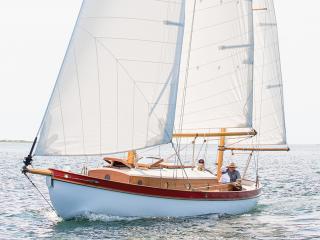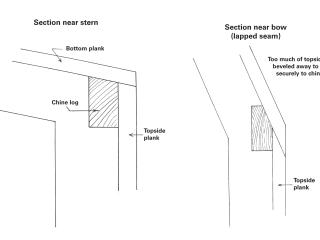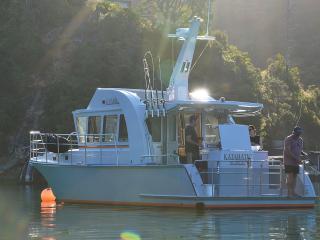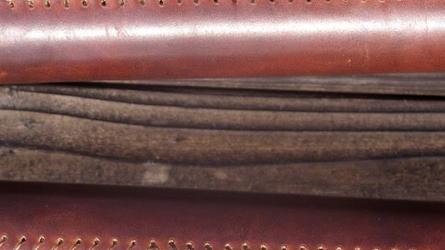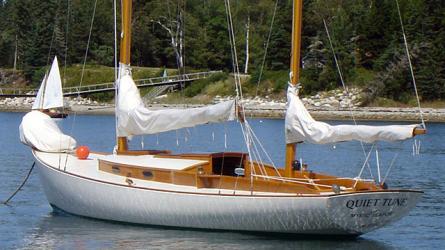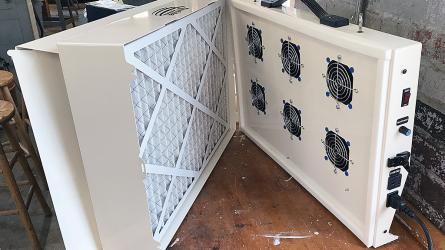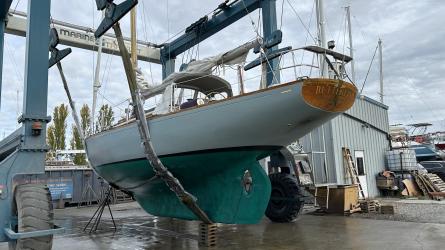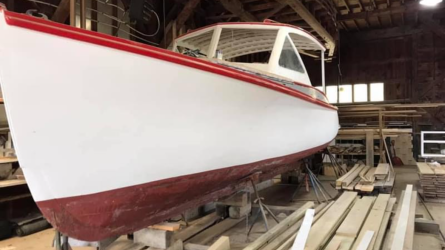September / October 2020
A Smooth and Level Painted Finish
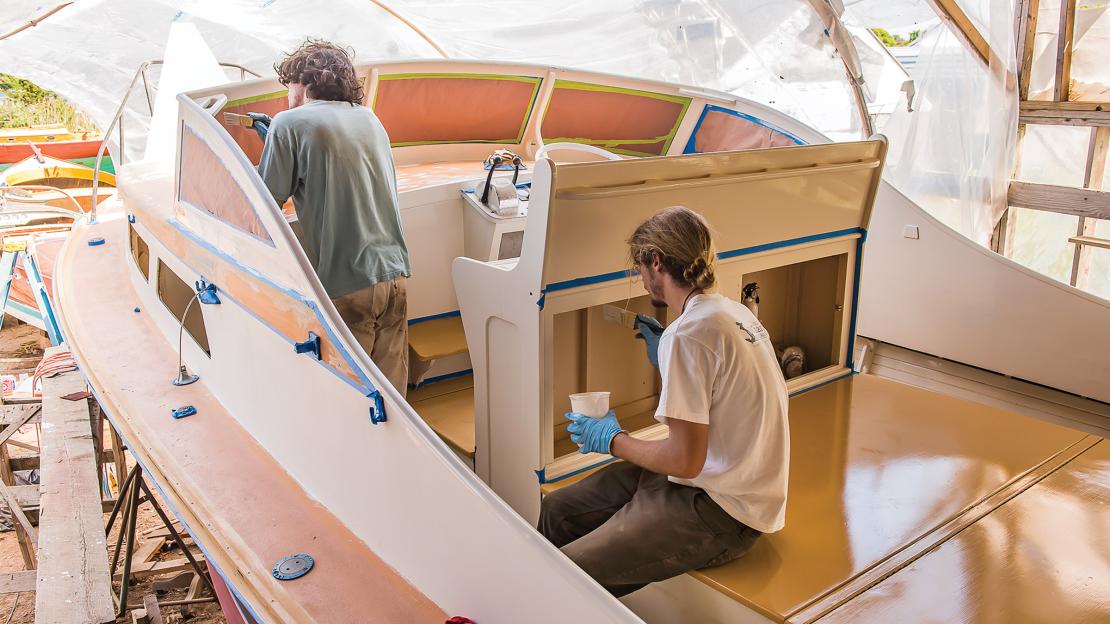
Painting a boat in warm or cold weather requires careful use of modifiers that allow the paint to flow and level. A simple makeshift shelter can make a big difference, too, in blocking sunlight, retaining heat, and sheltering from wind and dew.
Dawn came early, as it so often does when one is anxious, and I was anxious. The forecast was for a hot and sunny day, a rare treat in our corner of the Pacific Northwest. Normally I would be elated at such a prediction, a chance to slow down, go for a lazy sail, or putter about the boat. But this was painting day, and, next to snow, intense heat was about the worst weather we could be dealt; it would cause the paint to dry too fast, thus leaving brush marks, sags, and lap lines where the so-called “wet edge”—the advancing front of fresh paint—was lost. We had spent days painstakingly sanding the hull with a longboard. Our arms hurt. Our backs hurt. Our heads hurt—probably from self-medicating our arms and back with contents from the cooler. It would take another day of cleaning and taping, but it would all be worth it if we could apply a perfect coat of paint.
Staging surrounded the boat, laid out so we could walk continuously down the length of each side without stopping or tripping. In a shady spot, we had laid out our paint, thinners, rags, extra brushes and rollers, and anything we might need in a hurry. The plan was for an early start. We wanted to dry off the dew, get the hull wiped down, and be painting as soon as possible so as to take advantage of the cool morning air. Three of us mixed up our paint, grabbed our tools of choice, and went for it—one person rolling, another “tipping” the rolled-on paint with a brush, and the third standing by to pour more paint when we ran out and look for holidays, runs, and sags. And, most important, this third person also adjusted the viscosity of the paint as we went along; we would call out to have brushing thinner added as the sun evaporated it out of the paint pot, or to further thin the paint as the day heated up, to assure that the paint would flow out and level off. Although we didn’t get a ticker-tape parade when we were done, we were pretty proud of the finished product.
By noon that day it was hot, and the wind had picked up. As we were cleaning up, we heard shouts of anger from somewhere in the boatyard. A bit of investigation revealed a jet-black boat practically spontaneously combusting in the heat of the day and her crew doing everything they could to hopelessly trowel on a decent paint job. It was a losing battle, but they were not giving up. They should have. I’m pretty sure at one point I saw a paintbrush stick to the side like a kindergartener’s macaroni-art project, and the conditions did not improve with time.
To read the rest of this article:
Click the button below to log into your Digital Issue Access account.
No digital access? Subscribe or upgrade to a WoodenBoat Digital Subscription and finish reading this article as well as every article we have published for the past 50-years.
ACCESS TO EXPERIENCE
2-for-1 Print & Digital Subscription Offer
For this holiday season, WoodenBoat is offering our best buy one, get one deal ever. Subscribe with a print & digital subscription for $42.95, and we’ll give you a FREE GIFT SUBSCRIPTION to share with someone special.
1 YEAR SUBSCRIPTION (6 ISSUES)
PLUS ACCESS TO MORE THAN 300 DIGITAL BACK ISSUES
PRINT+DIGITAL $42.95
Subscribe
To read articles from previous issues, you can purchase the issue at The WoodenBoat Store link below.
 Purchase this issue from
Purchase this issue from
